Within the framework of the Thang Long – Hanoi Festival, the workshop “Application of Heritage in Creativity” held at the Temple of Literature – Quoc Tu Giam space has become a gathering point for scholars, artists and creators, discussing a core issue: How can heritage not only be preserved in museums, but also enter modern life as a source of creative energy?
The workshop also served as the kick-off event for the “Change with Respect” project, an initiative to establish a fair and ethical framework for collaboration between artisans, designers and the creative community in Vietnam. The event attracted a large number of students, researchers and the public, demonstrating the great interest of society in bringing traditional values into the contemporary cultural flow.
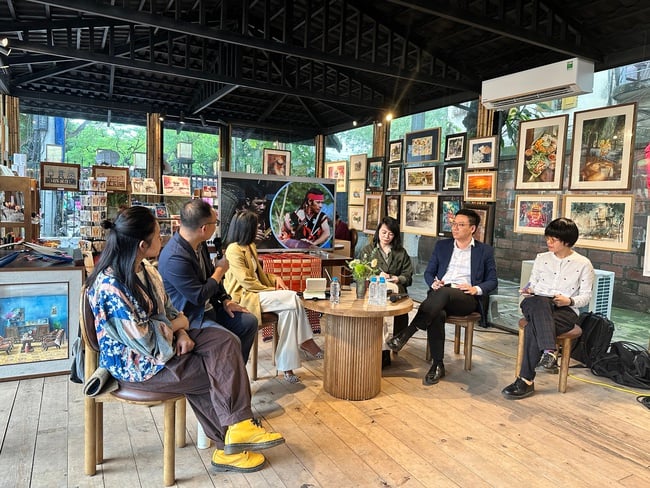
Overview of the Workshop.
The discussion focused on clarifying four important issues, creating an overall picture of the complex but also potential relationship between tradition and contemporary creativity: Preservation thinking: From “static” to “dynamic”; Putting the artisan community at the center; Intellectual property and equity; and Responsible creative practice.
At the workshop, experts said that for heritage to create creative value, it cannot be a static artifact, but must be a living, moving entity.
Dr. Mai Thi Hanh - Deputy Head of the Faculty of Cultural Industry and Heritage, School of Interdisciplinary Sciences and Arts (VNU), emphasized the urgency of "conservation in a dynamic state associated with creativity": "Clearly in practice and in research, there is a change in thinking and perception of what is called heritage conservation. From the point of view of conservation as a matter of framing heritage, displaying, and viewing, now, the movement that I have just outlined shows a turning point change in the story of contemporary people and researchers, they are extending their views on conservation."
This perspective challenges traditional conservation methods, calling for the integration of heritage into creative activities and practical applications so that heritage can renew itself and survive in the context of modern society.
“Dynamic conservation” requires that heritage be approached as a living material, constantly being experimented with, recreated and transformed, rather than simply an object of contemplation. This is the key to moving heritage out of the museum and into life.
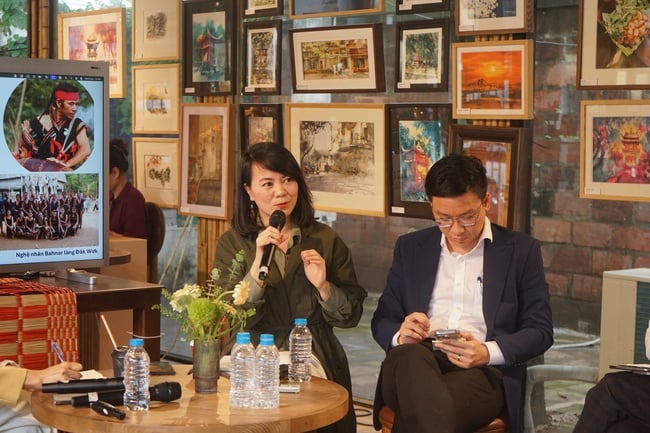
Dr. Mai Thi Hanh shared at the Workshop.
In the journey to bring heritage out of the museum space to become a source of contemporary creative energy, establishing a fair and sustainable relationship is a key factor. Heritage-based creativity cannot be a one-way exploitation process from the designer, but must be a respectful collaboration. Therefore, the role and interests of the community, especially the artisans - the keepers of the fire and the transfer of original knowledge - must be given top priority.
Dr. Tran Hoai – Head of the Department of Heritage Studies, School of Interdisciplinary Sciences and Arts (VNU), affirmed the role of artisans in the heritage creation network. They are not only objects that need to be protected but also the primary creative resource. Any heritage application project needs to take the knowledge and skills of artisans as the foundation. This cooperation ensures the authenticity and cultural depth of creative products.
In addition, heritage promotion should be understood as a natural process, driven from both inside and outside. Ms. Nguyen Thi Le Quyen - Director of the Center for Promotion and Promotion of Vietnamese Intangible Cultural Heritage (VICH), pointed out the natural mechanism that drives artisans to promote culture: The internal factors of heritage, the impact of social context, and especially the level of interest from the community are the biggest driving forces. This implies that interaction, interest and responsible application from society are the best way to support artisans to preserve and spread their heritage, turning interest into a vital driving force for heritage.
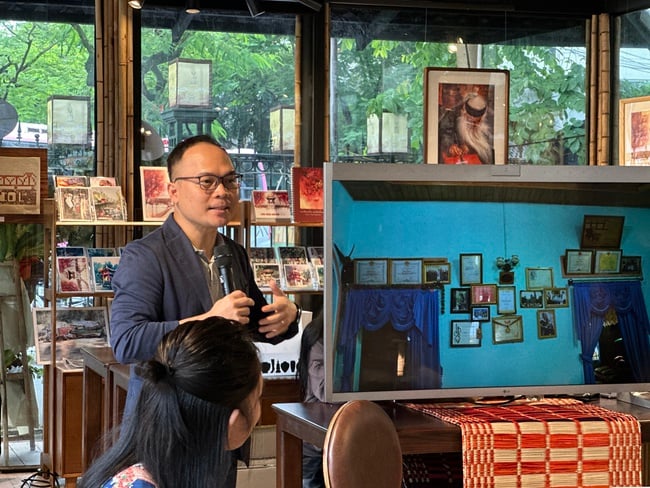
Dr. Tran Hoai affirms the role of artisans in the network of heritage creation.
However, when artisans and their traditional knowledge enter the creative market, it becomes not only a matter of respect but also a matter of legal and financial ethics. It is this shift that leads to the biggest challenge in the application of heritage: Intellectual Property Rights.
This is considered the most prominent issue and the biggest challenge when heritage becomes a source of commercial inspiration. How to ensure ethics and fairness when traditional cultural heritage (traditional knowledge) – which is the common property of the community – is exploited by individuals or businesses?
Dr. Le Tung Son, lecturer at the University of Social Sciences and Humanities, VNU, directly raised the question of intellectual property rights (IP) for traditional knowledge. While modern IP often protects creative individuals, heritage belongs to the collective, accumulated over many generations. The lack of a clear legal and ethical framework can lead to cultural appropriation – exploiting profits without sharing, acknowledging or fully respecting the originating community.
While the ethical and legal challenges are not small, this is not a hindrance but rather an incentive for creators to seek responsible practices where tradition and contemporary truly work together to create new value.
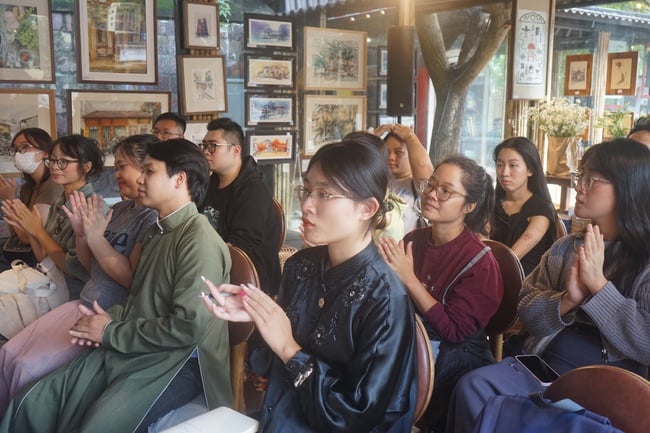
The workshop attracted the attention of many creators, young people and students.
Artist Tran Thao Mien – founder of Collective Sonson, introduces creative practices that successfully blend traditional crafts with contemporary design. Thao Mien’s secret lies not in copying patterns, but in understanding and applying traditional craft techniques (such as weaving, dyeing techniques, etc.) into a new design language. This requires a co-creation process, where artisans and designers create products together. The products are not only highly aesthetic but also contain the story, spirit and value of heritage.
“Heritage Convergence”: Spreading Traditional Values in the Creative Flow of Thang Long – Hanoi
The workshop took place in a lively, in-depth, but also extremely open and inspiring atmosphere, attracting a large number of participants, especially students and researchers. The active interaction, questions and exchange of views from the audience showed the great interest of the young generation in exploiting heritage.
Heritage, therefore, is not only the responsibility of the state or experts, but has truly become a common concern and source of energy for the community, promising a future where traditional values are revived and sustainably developed in the contemporary cultural flow./.
Source: https://bvhttdl.gov.vn/ung-dung-di-san-can-bang-giua-sang-tao-va-dao-duc-20251110164014994.htm



















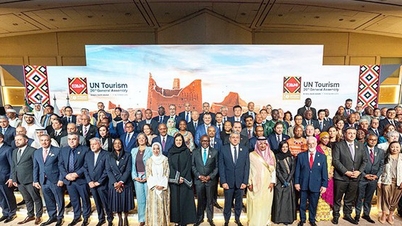


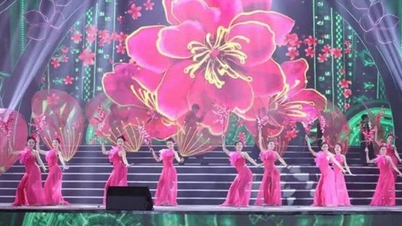

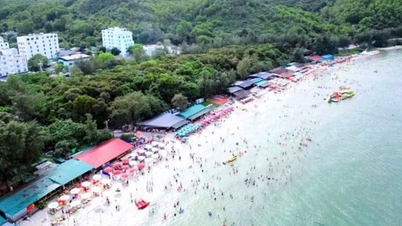













































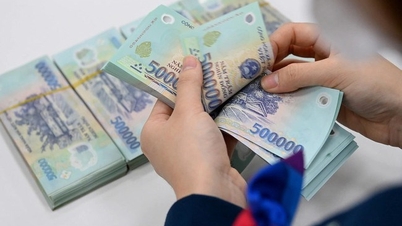

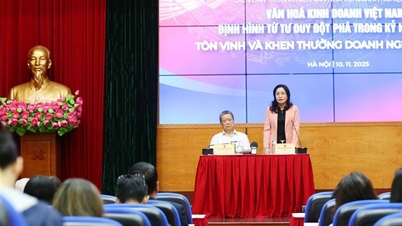
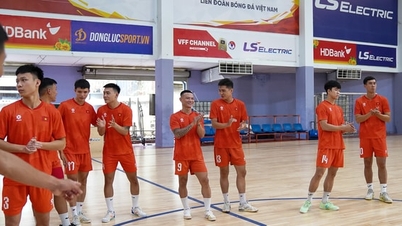

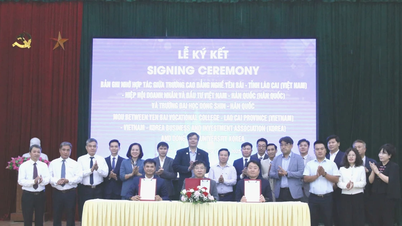







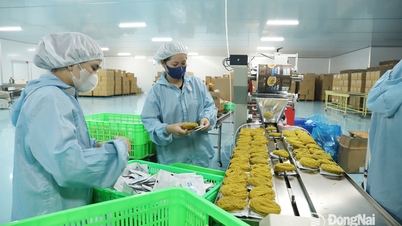


![Dong Nai OCOP transition: [Article 3] Linking tourism with OCOP product consumption](https://vphoto.vietnam.vn/thumb/402x226/vietnam/resource/IMAGE/2025/11/10/1762739199309_1324-2740-7_n-162543_981.jpeg)











Comment (0)